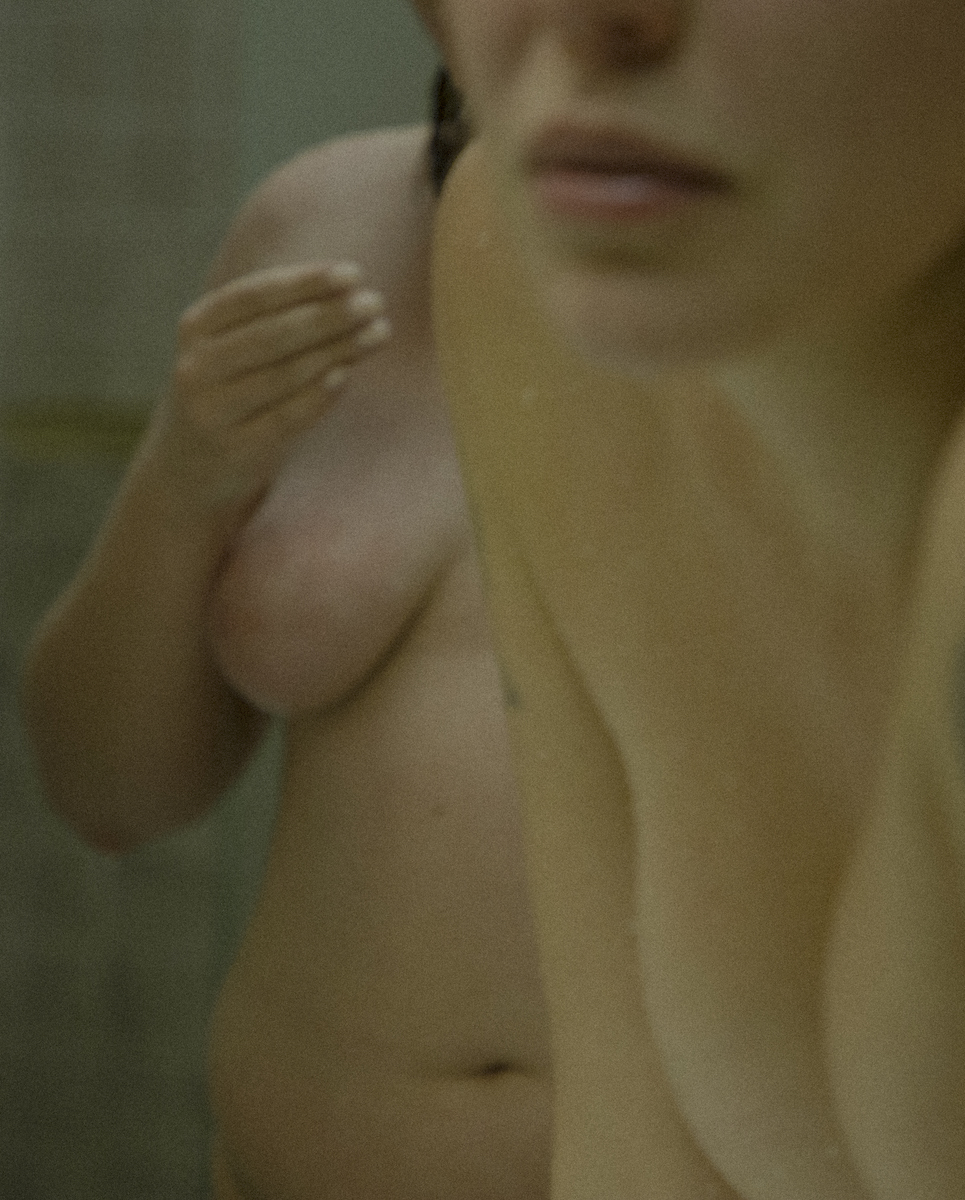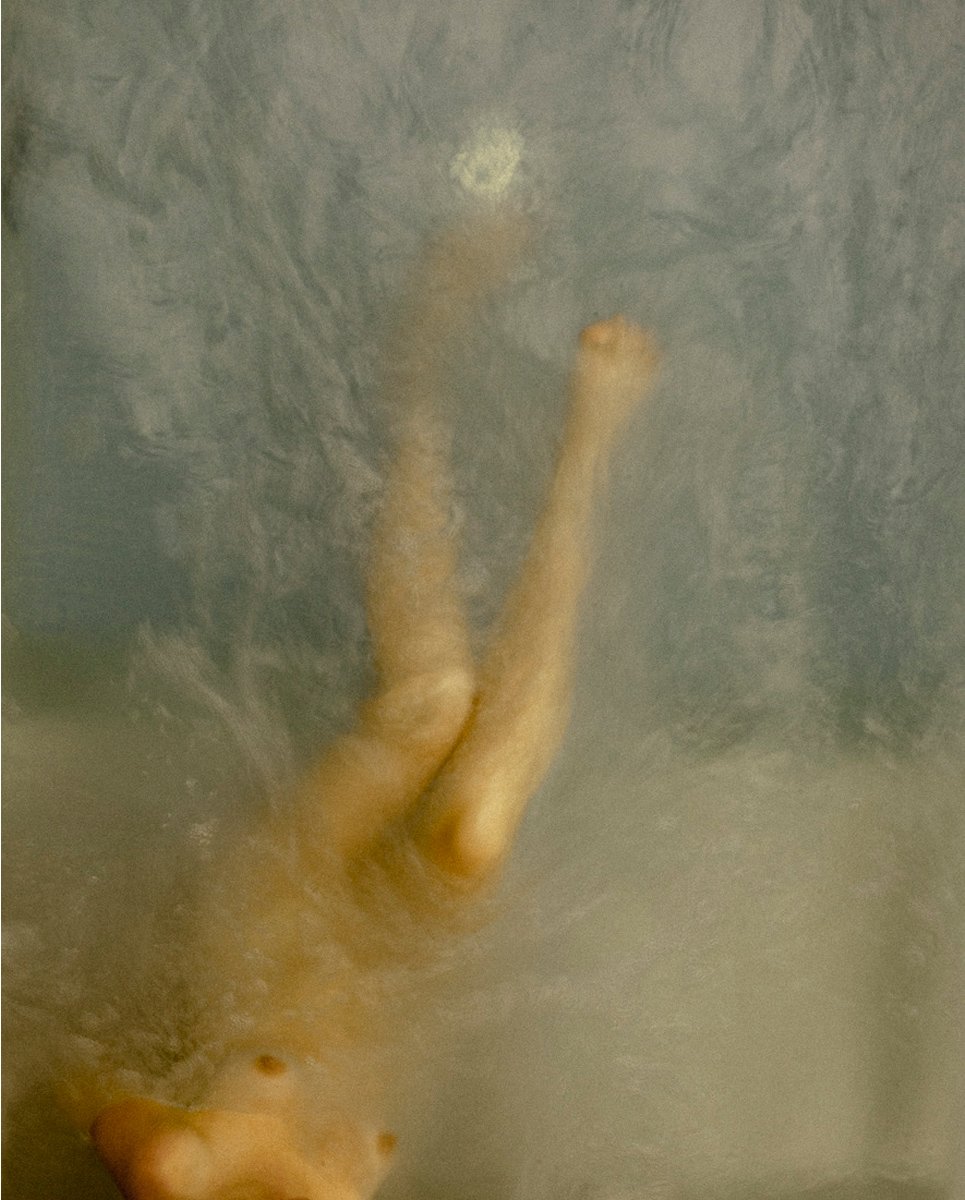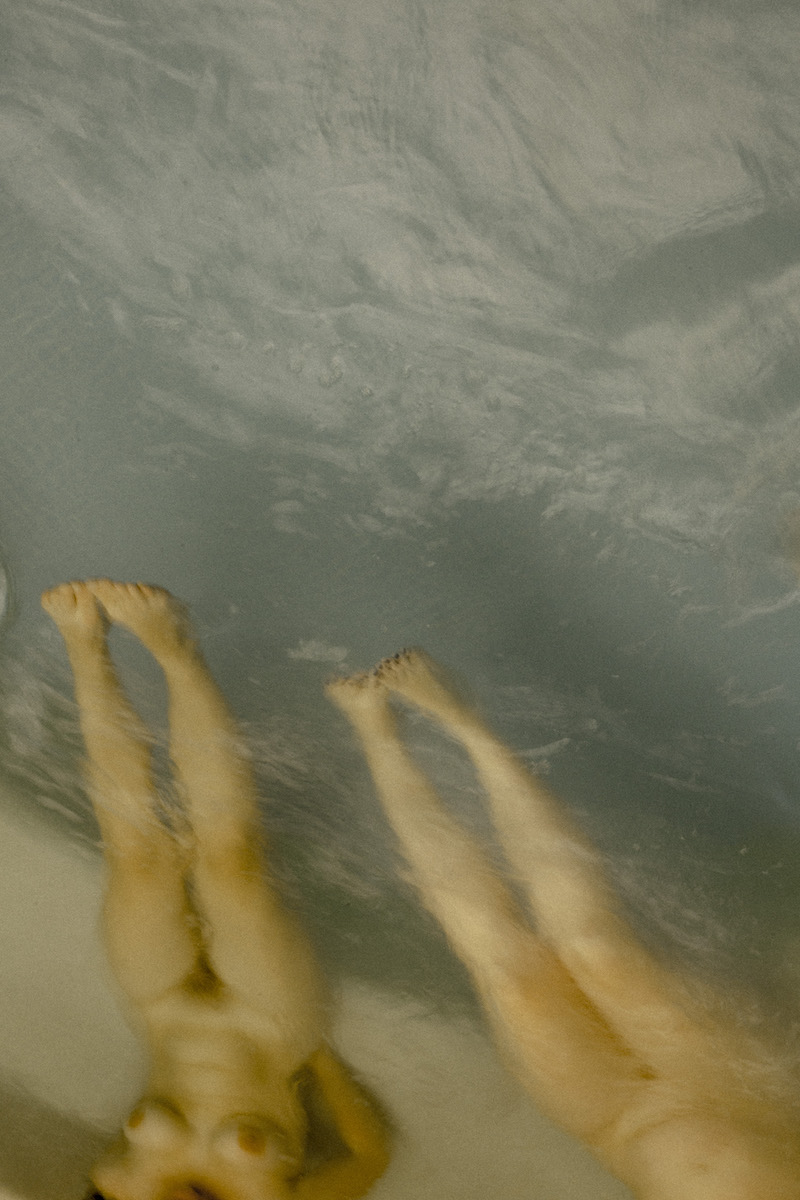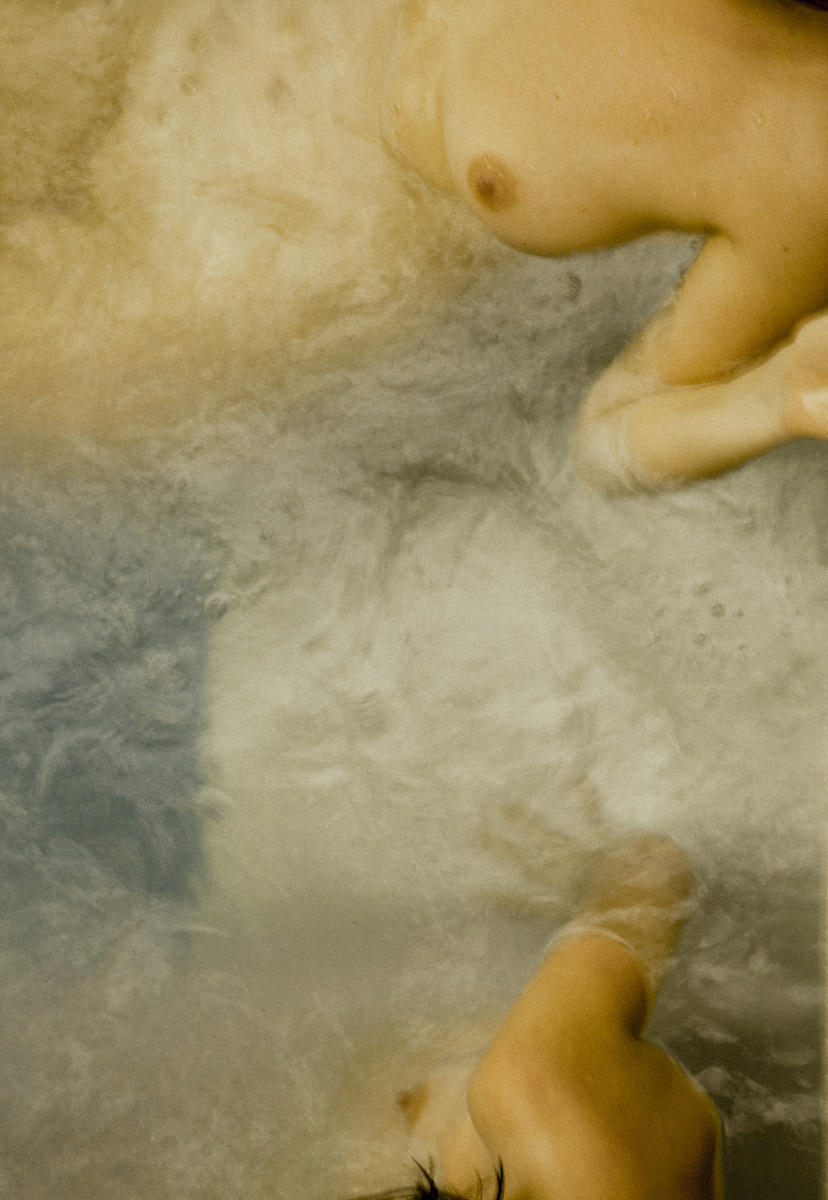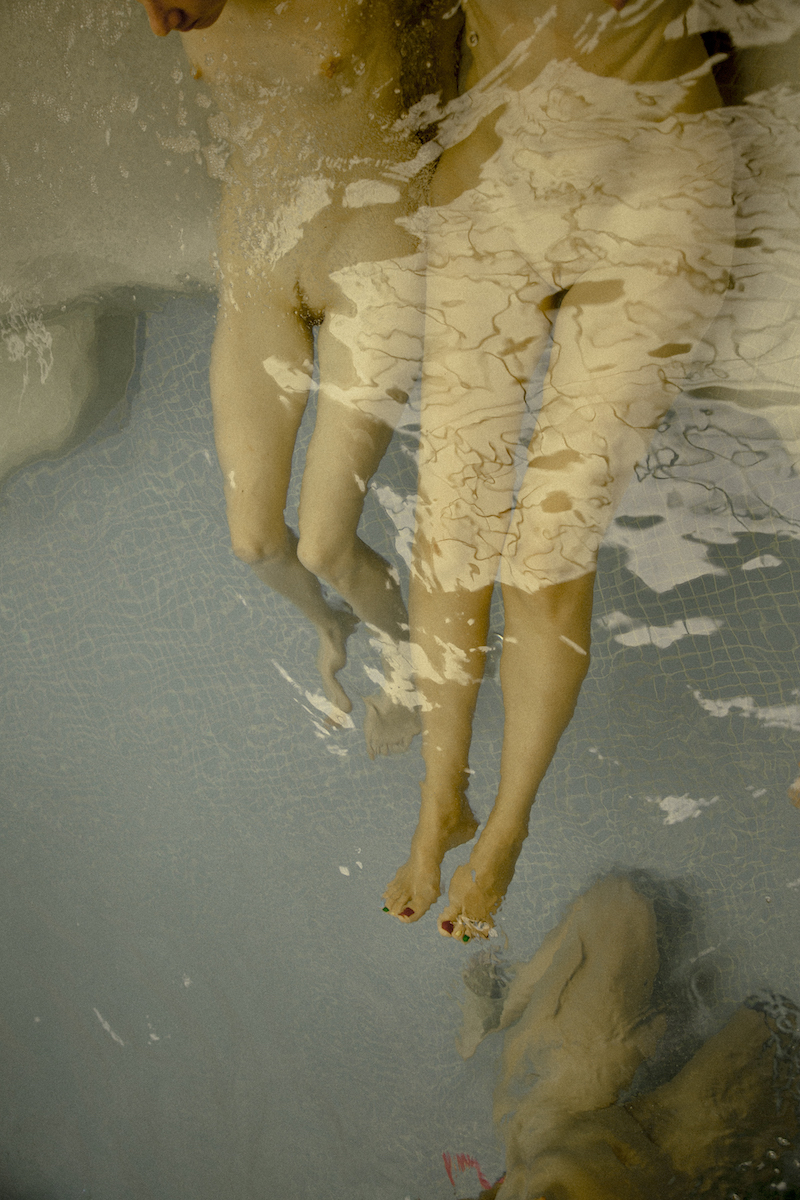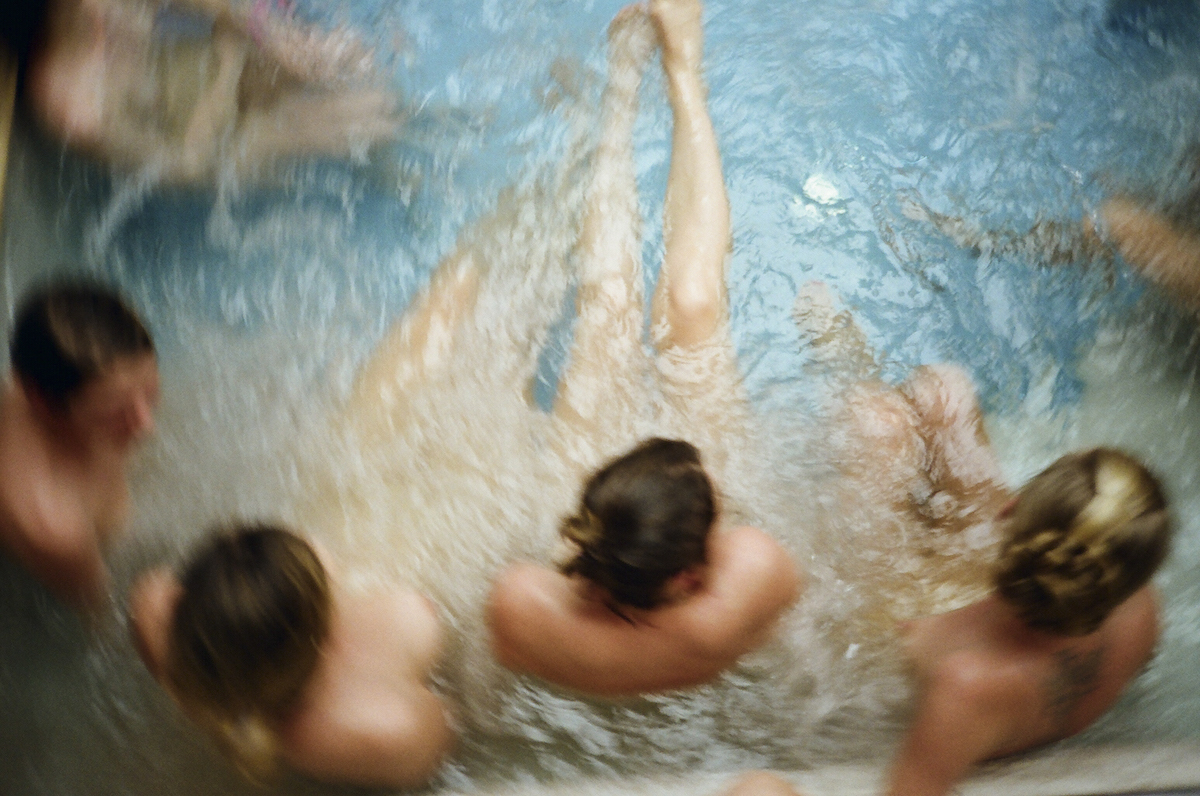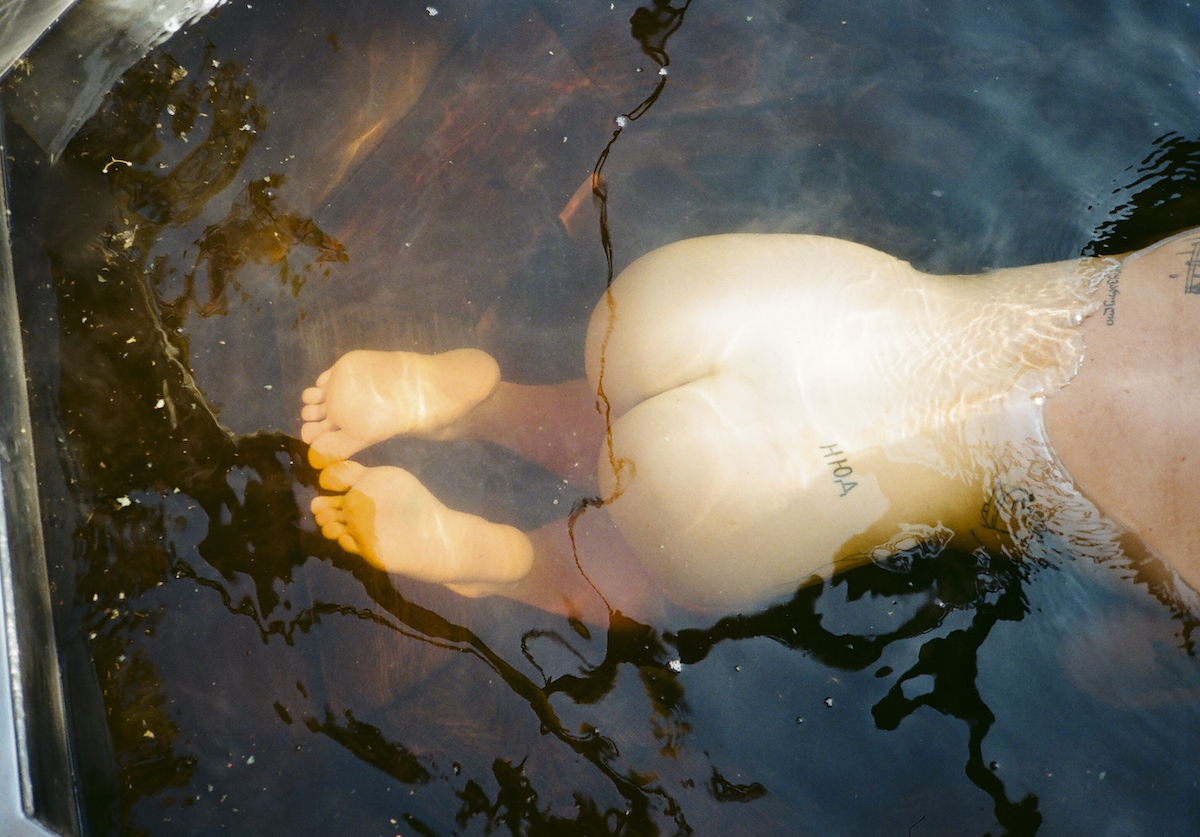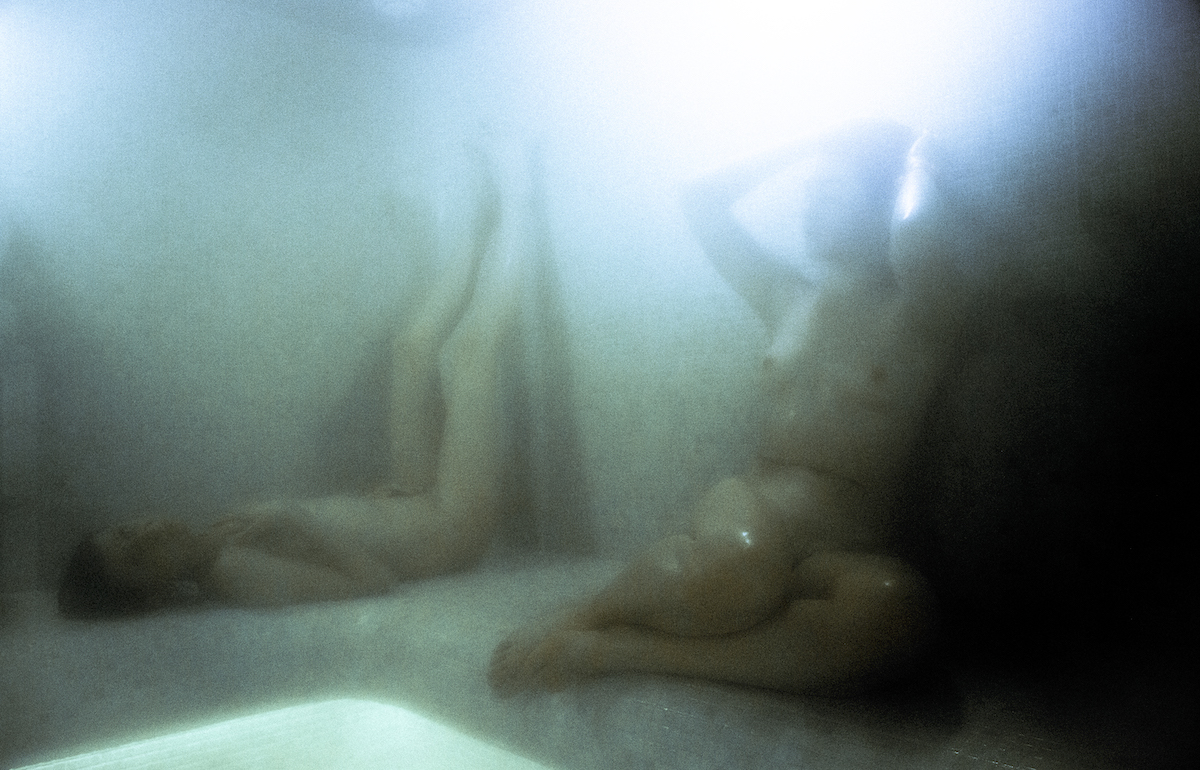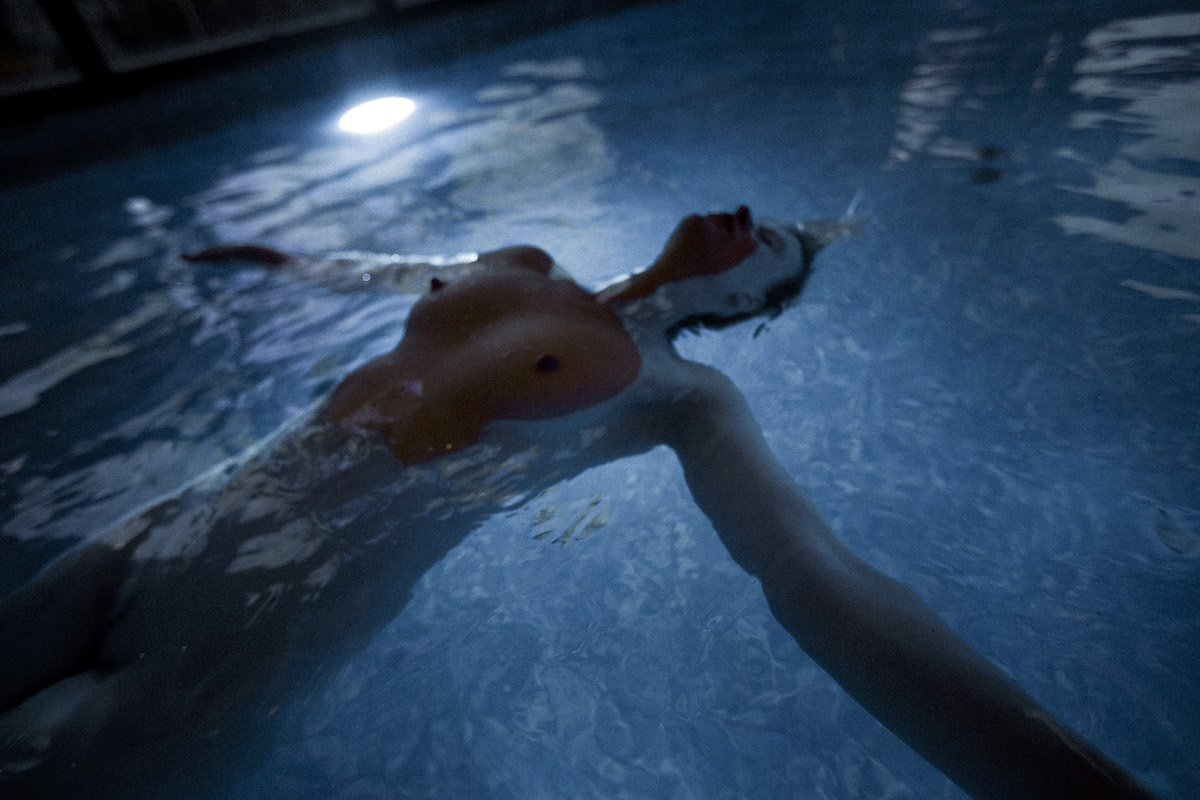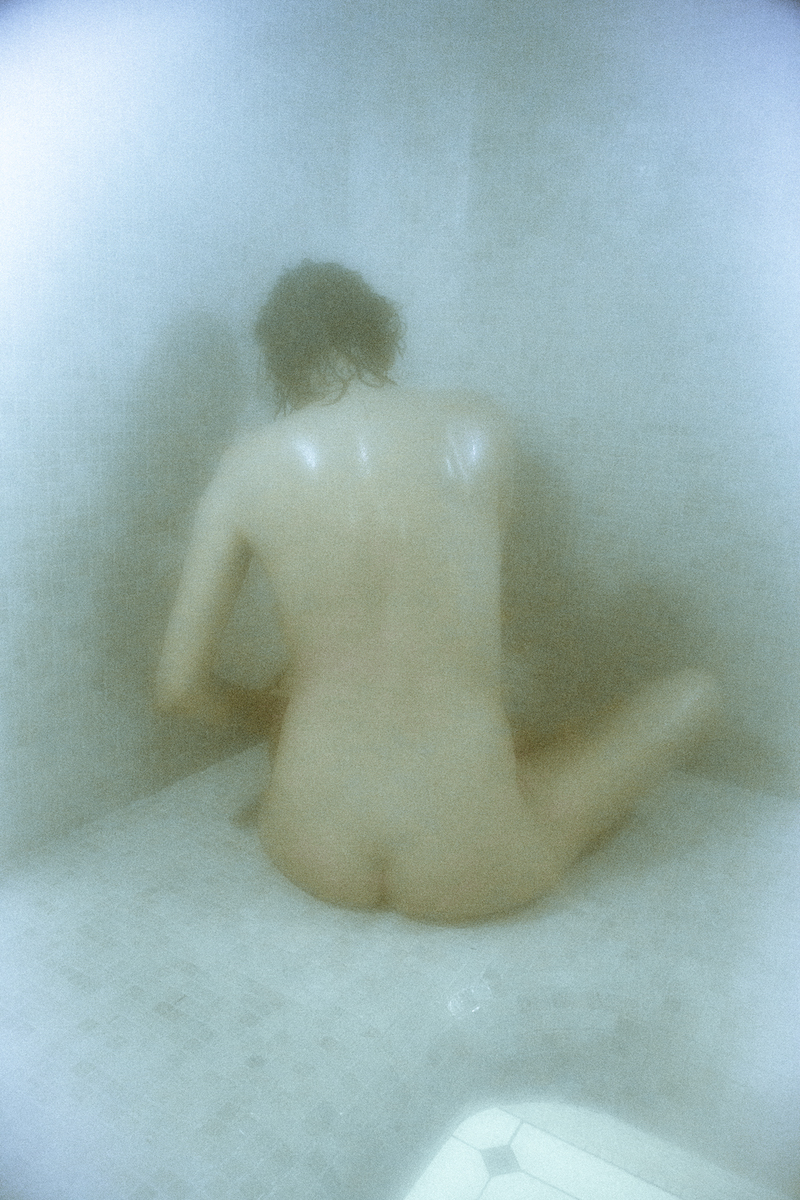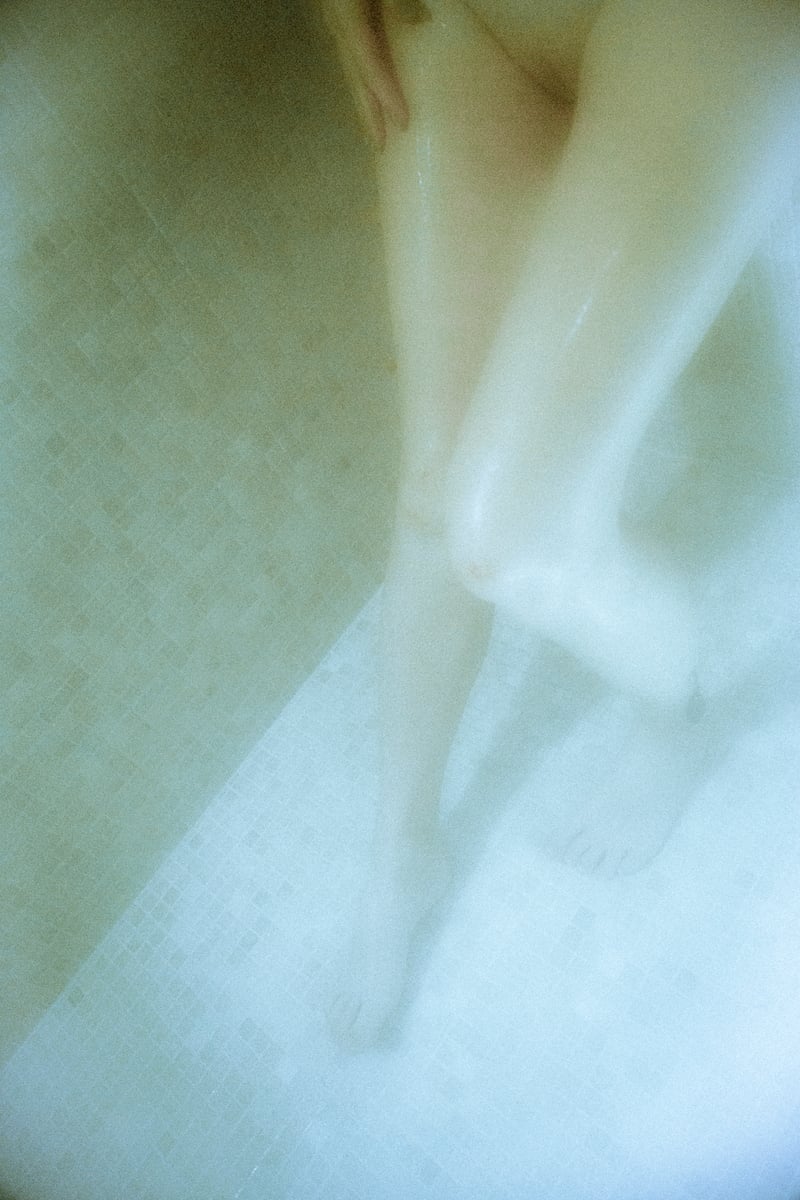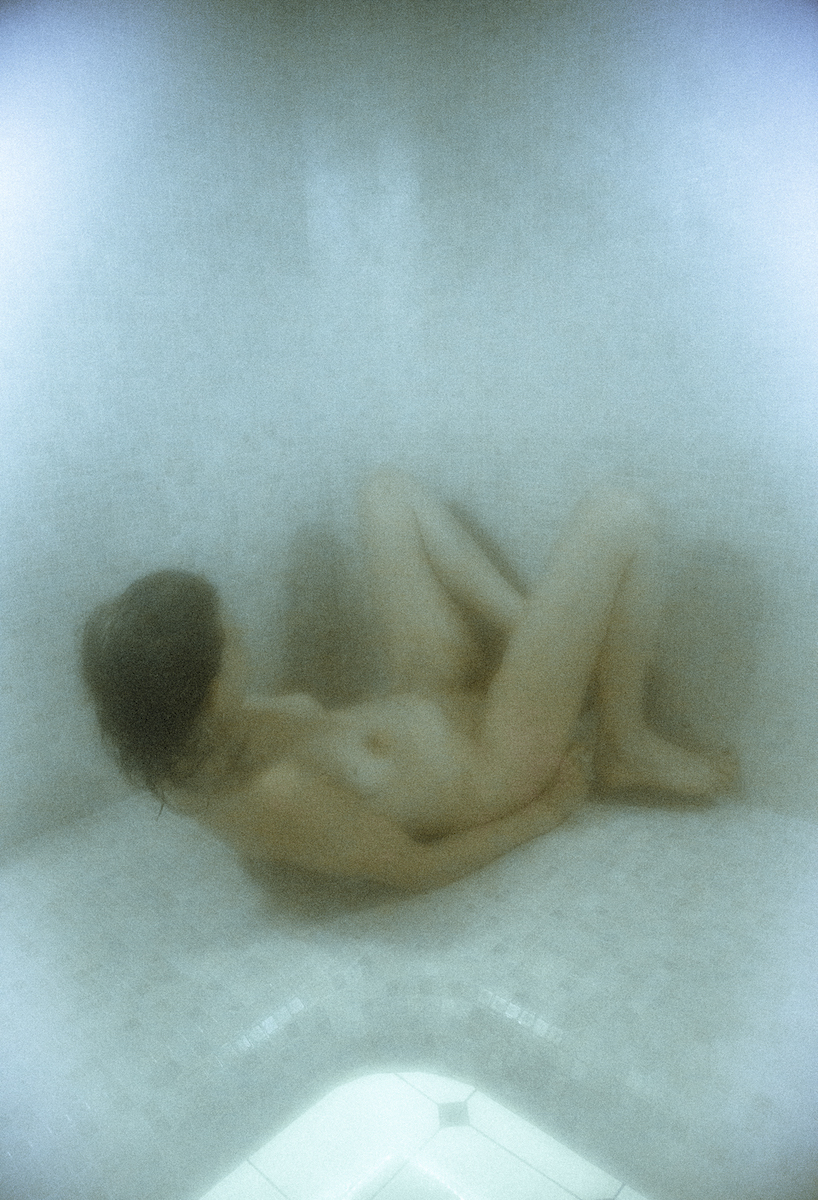Stark naked: body-positive and wholesome, Russian banyas still have a lot to offer to the young
The Russian bathhouse, or banya, and its steamy surrounding rituals have always formed a large part of Russia’s everyday culture. The history of small village banyas date back to the 10th century, while large commercial bathhouses have been an important part of urban life for several centuries. Russia’s public bathhouses are the best reflection of the complex social history of the body: the dichotomy of clean and dirty, public and private space, across all social classes, ages, and genders. For younger generations, banyas are a place to explore all of this, and still connect with their heritage. At the end of 2020, director Sasha Kulak and banya expert Anna Artemieva spent time in several public bathhouses, documenting the complex, collective intimacy they provide.
Anna Artemieva started @nudeblog — a dedicated blog sharing the best of banya culture, aesthetics, and expertise — in 2017. She had been inspired by a trip to Finland to explore local sauna traditions and ceremonies, a journey that made her reflect on the importance of the bathhouse in Russia. Over the years, she has educated her readers and contributed to a growing banya renaissance, as more and more young people become interested in bathhouses as a part of contemporary Russian life. Together with photographer Sasha Kulak, she has also explored the way that banya culture shapes how people look at the naked body — and especially the female body). While Russia still harbours a patriarchal culture with strict beauty standards for women and a squeamishness towards nudity, the banya is often a space of emancipation, where the body is not sexualised but connected to corporality and spirit.
Especially for The Calvert Journal, Artemieva shared her thoughts on the liberating, intimate, and transportive world which exists within Russia’s bathhouses.
Text by Anna Artemieva
I started my blog to write about different kinds of public bath culture, debunk myths, and explore the deeper questions within Russia’s traditions and customs, as well as the banya’s multifaceted purpose both for the individual and society.
The banya is an entry point into multiple layers of culture. Four years after it was first launched, the blog is gradually becoming an anthropological study, involving constant field research and writing on the questions of nudity, corporality, habits, human connection, gender, and social hierarchies.
For Russian people, the banya is our day-to-day reality, our folklore, our daily graft, and because of that we’ve not taken the chance to document and study this part of our culture. In neighbouring Estonia, for example, people are much more savvy, which means the bathhouse knowledge there is better documented.
The banya is a relic from our past. In our country, social values have shifted every 100 years or so, and banya culture too has been seen in different ways. Today’s saunas have become commercialised buildings divorced from our childhood memories of our grandmothers’ banya, and they have a different effect on the body. But this conflict has led many young people to delve deeper into the topic. With so much change, it is inevitable that Russian people will be constantly searching for identity, and the banya is something very authentic we can find in our culture.
The first ever Russian banya, or so called “black banya”, is a banya without a chimney. That means that the smoke and soot generated from the fire heats the room, and the coals used to produce steam are trapped inside. Historically, this was the only option; there wasn’t the technology to build vents, and it was small and good at keeping in the heat. The doors to a Russian banya are usually kept open while the room is initially being warmed, but when water is placed on the rocks inside to create steam, the doors are closed and the banya gets heated even further. That means that the Russian banya is wetter than saunas in most other countries, and has a wetter, more pungent smell.
The lack of oxygen gives the black banyas a certain mystical atmosphere, enhanced by warmth and humidity: a feeling that could probably be compared to being the womb. The darkness and lack of sensory input creates a feeling of transformation. It could be compared to meditation, Russian style.
Visiting a banya involves a great deal of ceremony. You must come prepared. It is a place where people dress for the occasion; a place where guests are invited in. Every object has its function, removing layer after layer of the daily grind until you can finally relax and be reborn.
The banya takes away the taboo of corporality. It exposes us to the body simply as it is, without projecting our own thoughts, ideas, and prejudices upon it. The banya has taught me to appreciate my body, to openly respect it and treat it with care. I have always felt free being naked, but I have learned to appreciate the special beauty of the moment thanks to the banya. Nudity is not about obscenity, but about purity, soul, and spirituality — and you can find all of those things in the banya itself.
